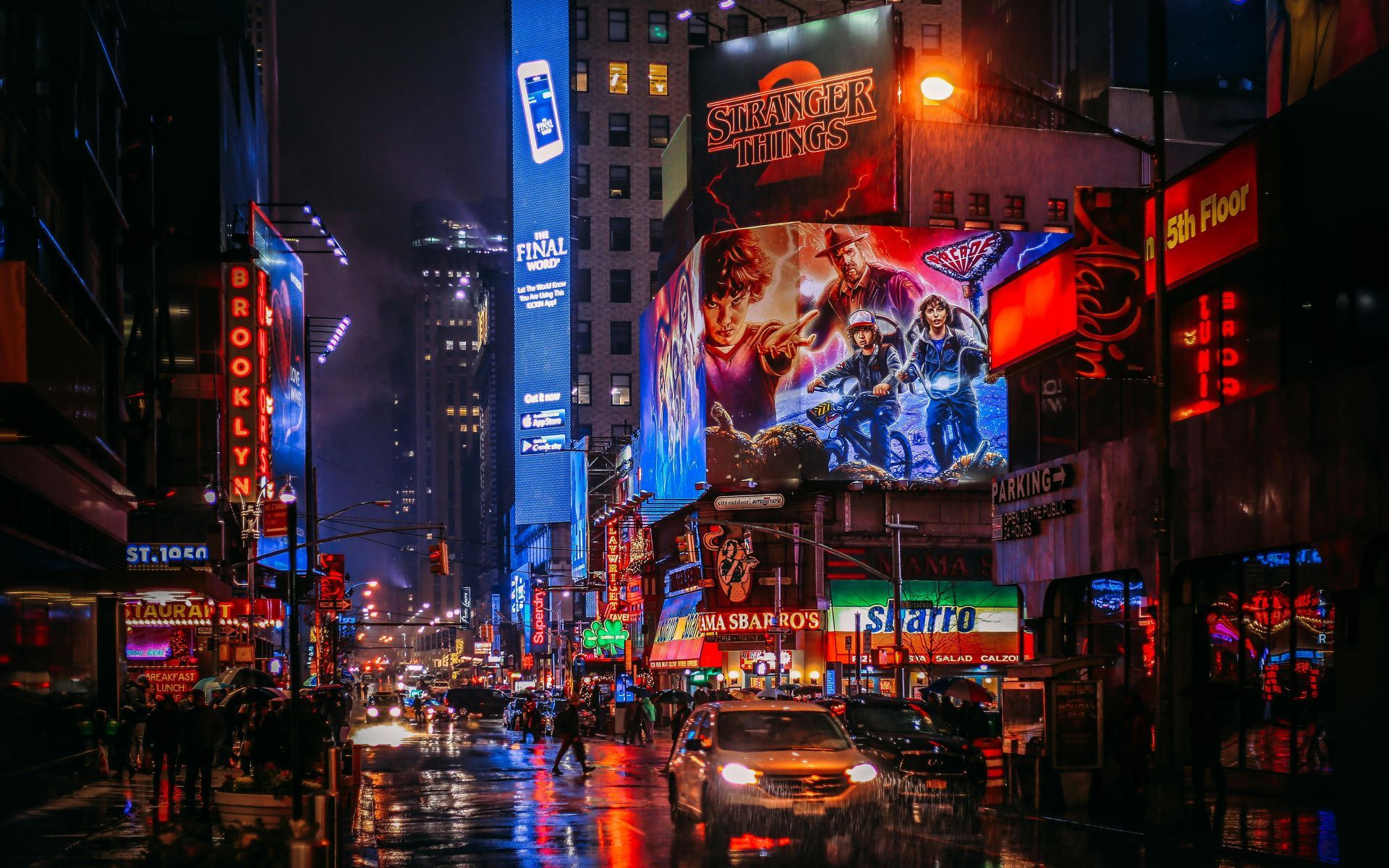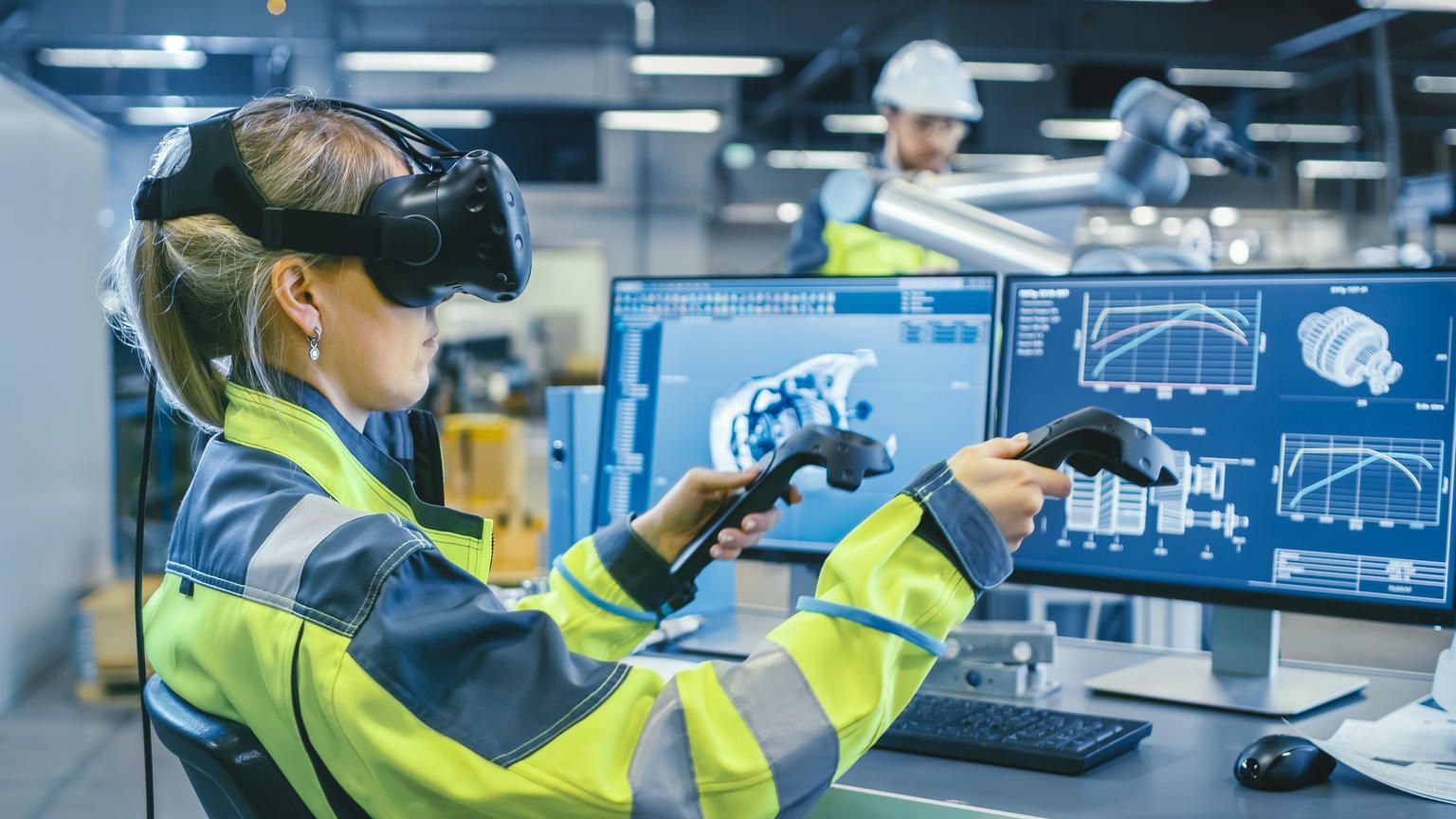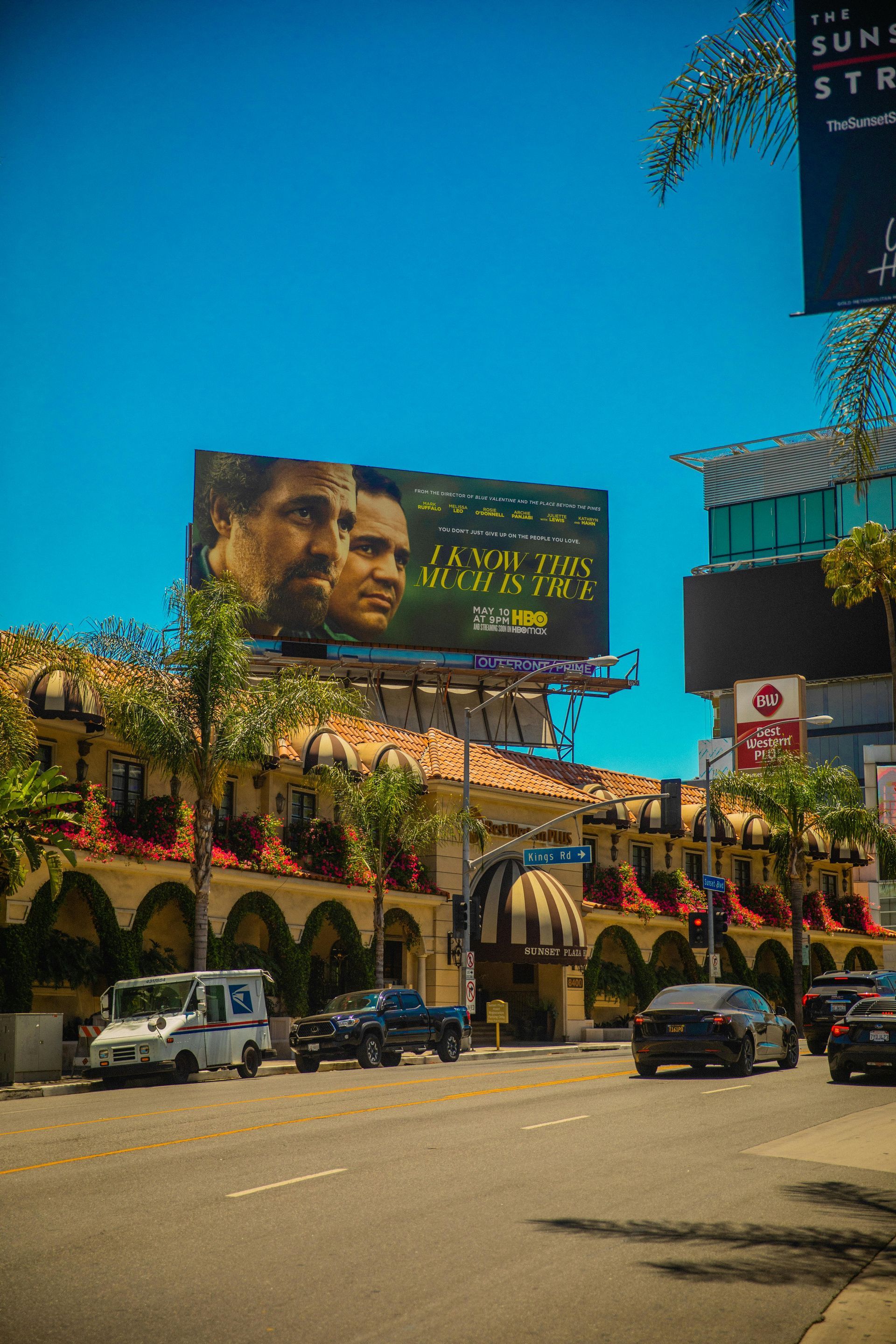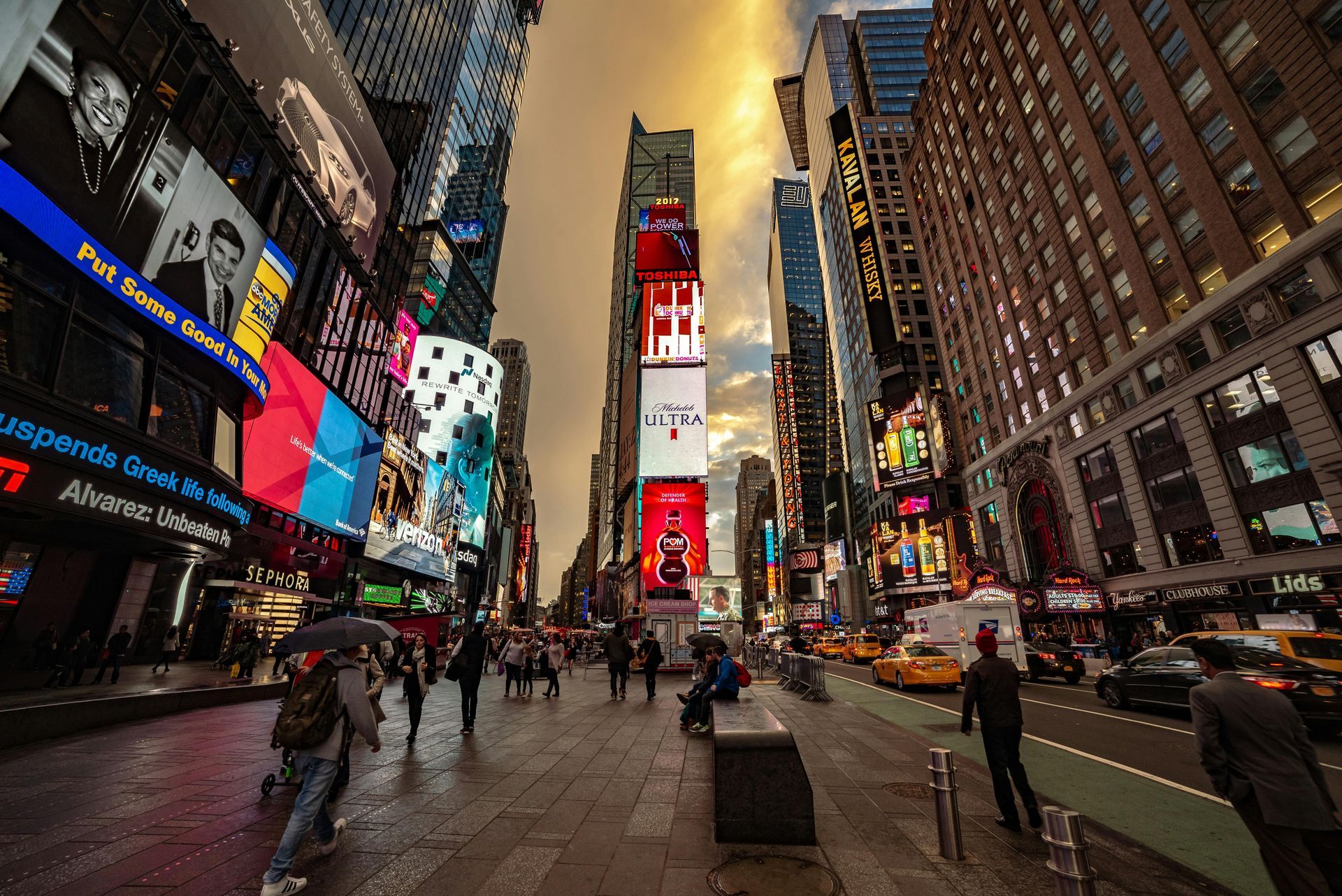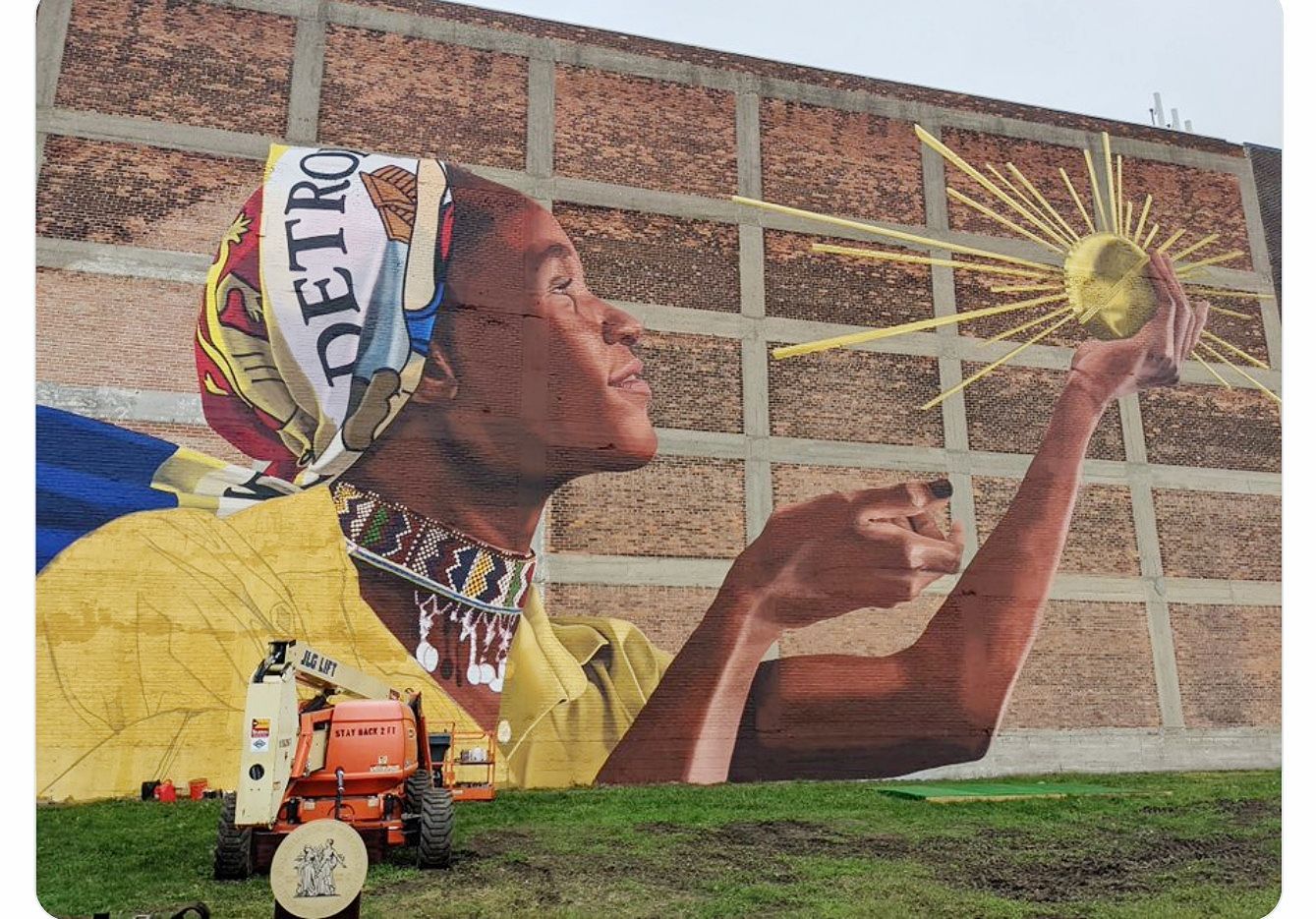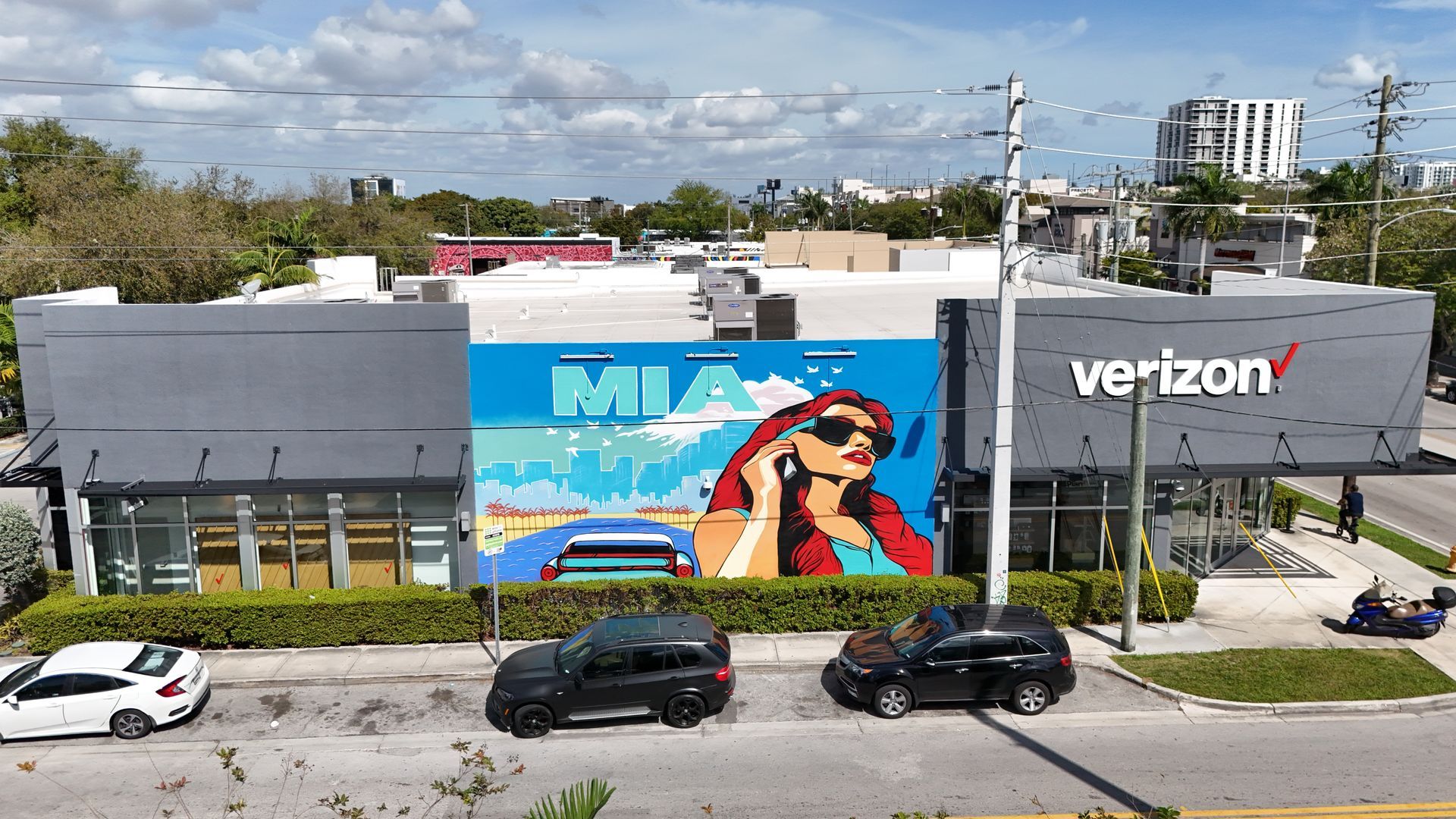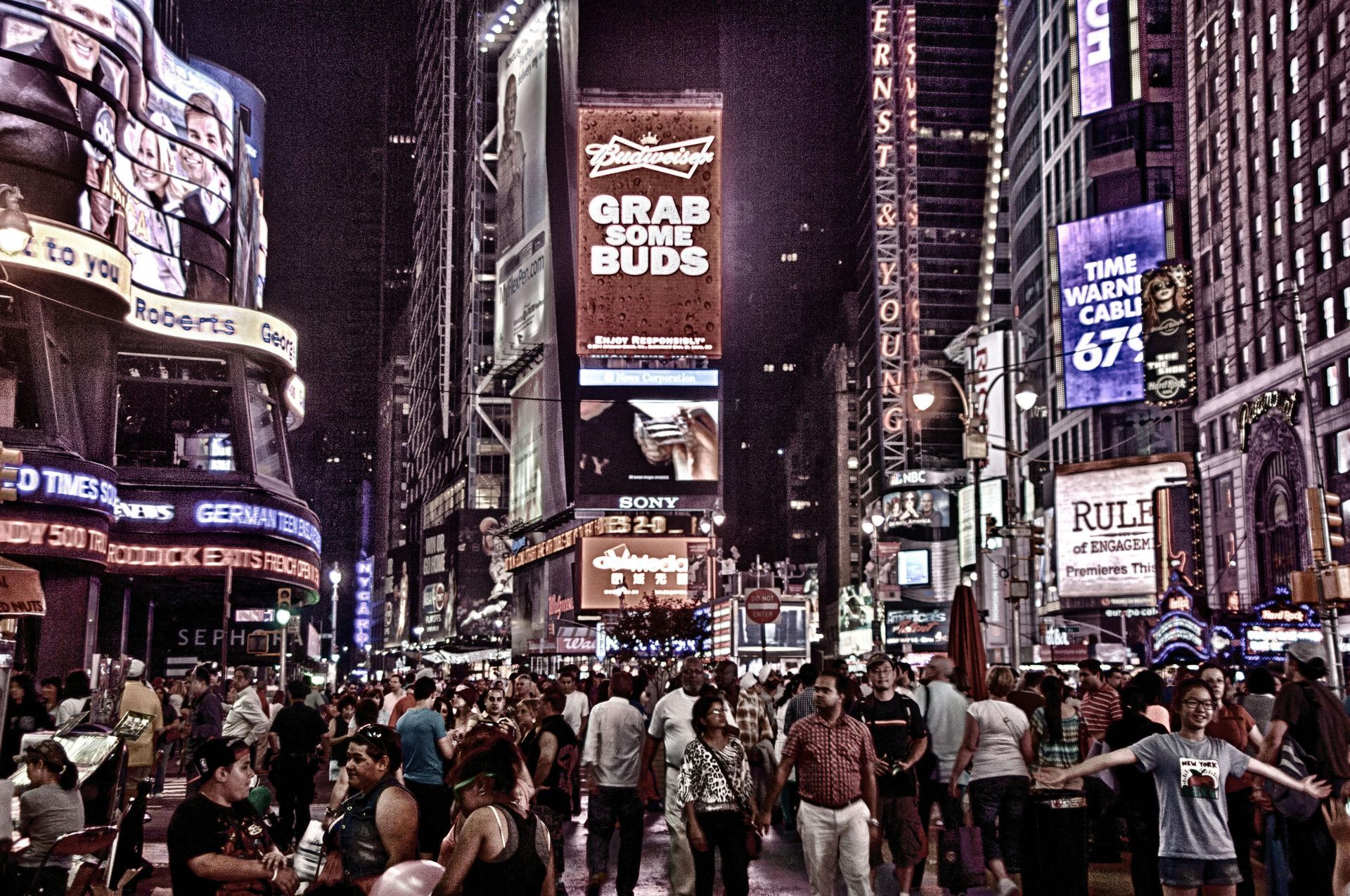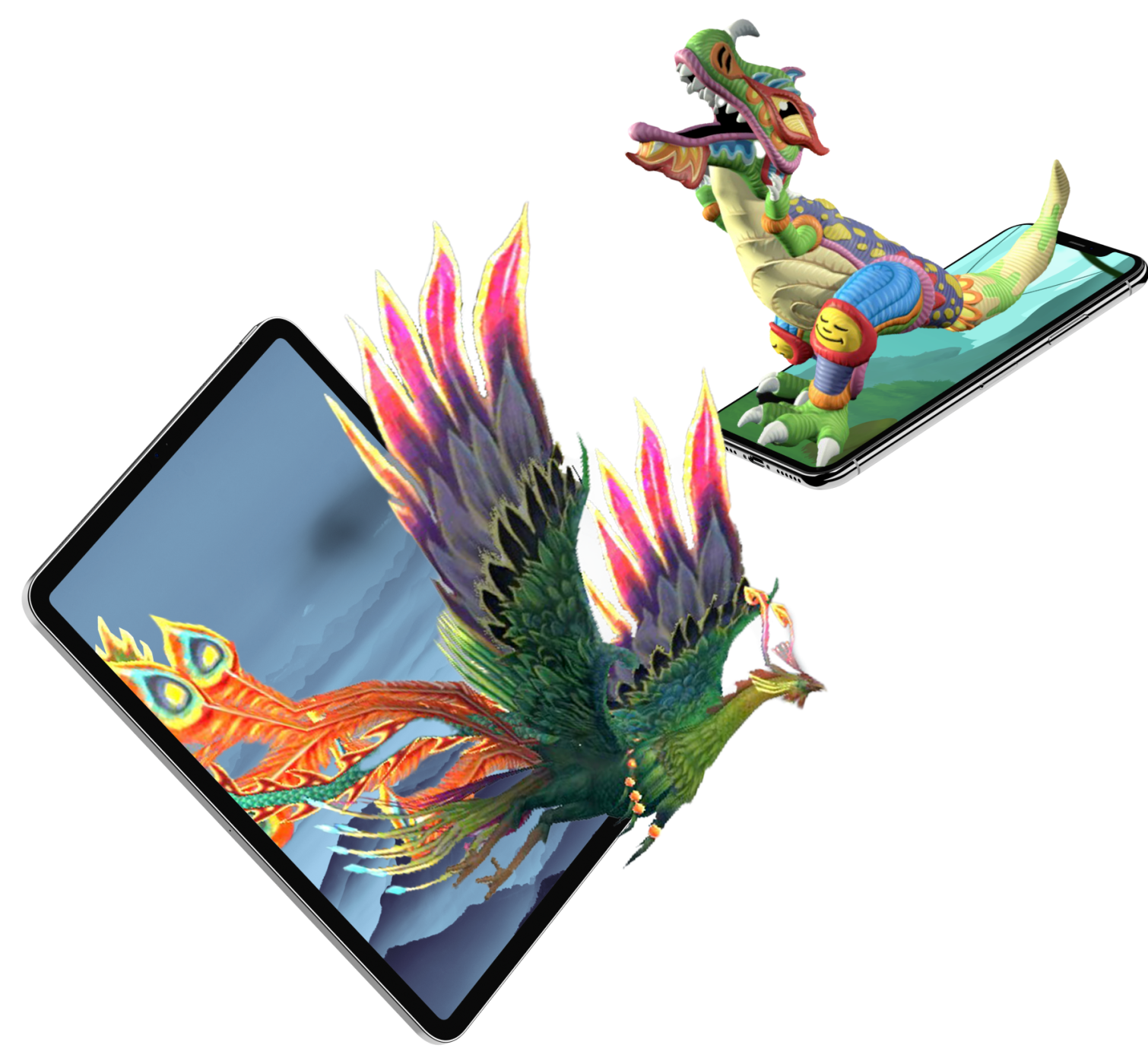Top 10 Mural Trends Shaping Public Art in 2025
In the evolving landscape of urban aesthetics, public murals continue to shift from simple decorative elements into powerful vehicles for storytelling, community engagement, and brand messaging. As we progress through 2025, the convergence of technology, sustainability, and social consciousness is transforming how we conceptualize, create, and engage with public art. Whether you are a muralist, a public art commissioner, an OOH advertising executive, or a marketing leader seeking innovative brand expression, grasping the current trends can help you maximize the impact of your next mural project.
1. Interactive and Immersive Augmented Reality Murals
Perhaps the most exciting development in the mural space is the mainstream adoption of augmented reality (AR) integration. Static walls are now portals to dynamic digital experiences, creating multilayered storytelling opportunities that engage viewers on both physical and virtual planes.
Augmented Reality (AR) murals are revolutionizing public engagement by allowing viewers to point their smartphones at a mural and witness its transformation—characters move, narratives unfold, and additional content emerges. This technology has evolved significantly in recent months, with advancements in spatial anchoring that ensure AR elements stay perfectly aligned with the physical artwork, regardless of viewing angle or distance.
For brands and marketers, AR murals provide unprecedented metrics and engagement data, offering insights into how audiences interact with the artwork. Companies such as PepsiCo and Nike have leveraged this technology to create memorable campaigns that enhance the impact of their OOH investments while collecting valuable consumer interaction data.
Key developments in this space include:
- Persistent AR experiences that multiple users can access simultaneously
- Geofenced content that changes based on time of day or special events
- Interactive elements that respond to viewer gestures or social media actions
- Integration with social platforms allowing for instant content sharing
- Payments built directly into AR experiences to easily one-click buy
- Viewing AR Murals through new AR glasses from Meta and Snapchat
2. Projection Mapping and Dynamic Murals
While traditional painted murals remain predominant, projection mapping technology has developed to enable dynamic, changing murals that transform throughout the day or in response to various inputs. These "living walls" preserve the scale and public nature of murals while introducing temporal dimensions that static paintings cannot achieve.
Recent advances in projection technology have made these installations more energy-efficient and visible even in daylight conditions. Sony and Epson have developed specialized projectors specifically for public art applications, enabling longer-term installations without excessive power consumption.
Noteworthy applications include:
- Seasonal narrative shifts that evolve throughout the year
- Weather-responsive projections that change based on local conditions
- Traffic or noise-responsive installations that reflect urban rhythms
- Scheduled transformations that create appointment viewing experiences
These dynamic murals are particularly effective for areas with high repeat traffic, as they provide new experiences for regular viewers.
3. AI-Assisted and Generative Mural Design
Artificial intelligence has entered the mural space not as a replacement for human artists but as a collaborative tool that broadens creative possibilities. AI systems trained on diverse artistic traditions can generate compositional suggestions, color palettes, or stylistic variations that artists then interpret, modify, and execute.
This human-AI collaboration has resulted in complex works that blend computational patterns with human intuition. The process typically begins with AI-generated concepts based on community input data, followed by artist refinement and adaptation for specific architectural contexts.
The transparency of this process has become an important ethical consideration, as most projects clearly communicate the role of AI in the conceptual phase while emphasizing the human execution and interpretation that bring the work to life.
4. Hyperlocal Cultural Storytelling
While murals have long showcased community narratives, 2025 has introduced a refined approach to hyperlocal storytelling. Rather than broad cultural representations, murals increasingly emphasize ultra-specific community histories, often uncovering and celebrating overlooked or marginalized stories from particular neighborhoods or even specific city blocks.
This trend involves extensive community engagement in the conceptualization phase, with artists conducting oral history interviews, archival research, and community workshops before touching a brush to the wall. The result is artwork that resonates deeply with immediate community members while educating visitors about hyperlocal heritage.
Brands partnering with cities on these projects succeed by taking a backseat to the community narrative while subtly integrating their values into the storytelling approach. This creates authentic connections rather than overt advertising, resulting in more positive brand associations.
5. Data Visualization Murals
Transforming complex data into visually compelling and accessible murals has emerged as a powerful trend at the intersection of public art and information design. These murals translate statistics, environmental data, social patterns, or historical information into visual narratives that make abstract concepts tangible.
Climate change data, in particular, has become a common subject, with murals depicting local temperature changes, sea level projections, or biodiversity shifts specific to the mural's location. These installations often include QR codes linking to more detailed information, creating educational touchpoints throughout urban environments.
For corporate sponsors, data visualization murals offer an opportunity to communicate corporate social responsibility initiatives or industry impact studies in a format that resonates emotionally while still conveying factual information—a perfect blend of heart-and-mind messaging.
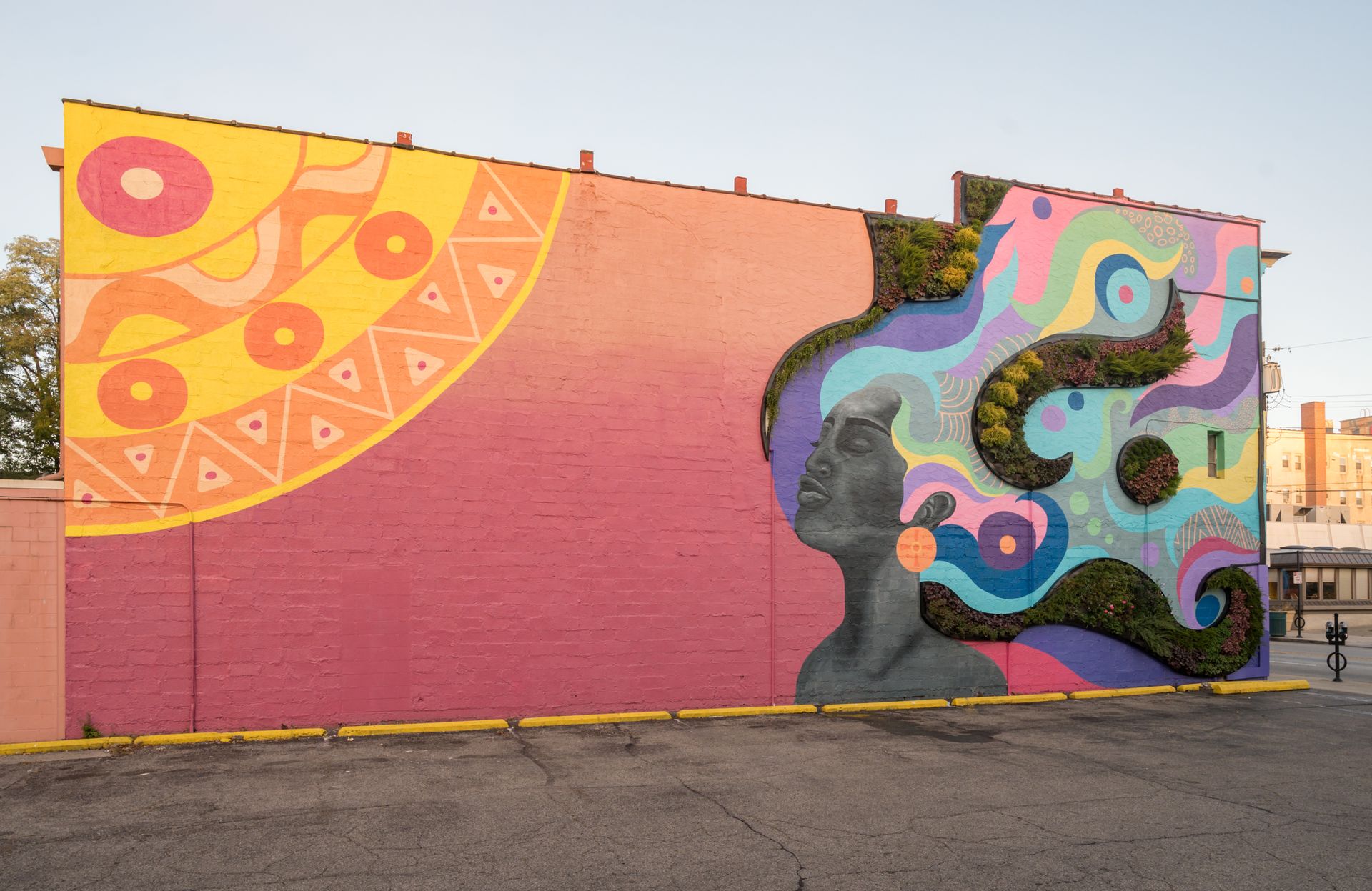
6. Biophilic and Living Murals
Integrating living elements with traditional mural techniques has created a new category of biophilic public art that blends painting with vertical gardening. These hybrid installations incorporate moss, succulents, and other plant materials as integral components of the artwork rather than mere decorative additions.
Beyond their aesthetic appeal, these living murals offer practical benefits including improved air quality, thermal regulation of buildings, and habitat creation for urban pollinators. As cities face increasing heat island effects, these installations serve both artistic and environmental purposes.
Maintenance considerations have been addressed through sophisticated irrigation systems and careful species selection, making these living installations viable even in challenging climates. Companies specializing in this approach, such as Muralflora and Biophilic Design Collective, have developed modular systems that allow for easier maintenance and replacement of plant elements while preserving the overall design.
7. Kinetic and Responsive Mechanical Murals
Kinetic installations push the boundaries of what constitutes a mural. They incorporate moving elements that respond to environmental factors like wind, temperature, or human interaction. These mechanical murals blur the line between sculpture and two-dimensional art, creating dynamic experiences that change throughout the day.
Materials like shape-memory alloys, lightweight metals, and weather-resistant moving parts allow for complex movements with minimal maintenance requirements. Some installations harness wind or solar power to drive their movements, aligning with sustainability goals.
These installations' tactile, analog nature provides a refreshing counterpoint to digital interactivity, creating memorable physical experiences that complement our increasingly screen-mediated lives.
8. Cultural Collaboration and Exchange Murals
International artist collaborations have led to murals that intentionally blend distinct cultural aesthetics and techniques. These projects often pair artists from different countries or traditions, resulting in visual conversations that emphasize both commonalities and contrasts between cultures.
Beyond their visual impact, these collaborations serve as cultural diplomacy initiatives, building relationships between communities and creating dialogue around global issues through shared creative processes. Organizations like the Cultural Mural Exchange Program have formalized these collaborations, creating frameworks for artist selection and project development across international boundaries.
For multinational corporations, sponsoring these exchange murals offers an authentic way to demonstrate commitment to global connectivity and cross-cultural understanding—values that resonate strongly with younger consumers.
9. Climate-Responsive and Sustainable Murals
As environmental consciousness continues to influence all aspects of design and public art, murals are becoming tools for both environmental messaging and environmental action.
New photocatalytic paints that actively purify air pollution are gaining popularity in urban centers. These specially formulated paints contain titanium dioxide, which breaks down nitrogen oxides and other pollutants when exposed to UV light. A single mural using these materials can have an environmental impact equivalent to planting 20-30 trees trees.
Additionally, we're seeing increased use of sustainable and locally sourced materials, including:
- Natural pigments derived from local soils and plants
- Recycled paint programs that repurpose unused consumer paint
- Carbon-capturing concrete canvases that sequester CO2 throughout their lifetime
- Biodegradable wheat pastes for temporary installations
Municipal art programs in cities like Portland, Berlin, and Singapore are now mandating carbon-neutral or carbon-negative mural production processes, setting new industry standards.
10. Social Justice and Advocacy Murals
While murals have a long history of political expression, 2025 has seen the development of more sophisticated approaches to advocacy art. Rather than simply depicting social issues, today's social justice murals incorporate action components—QR codes linking to relevant organizations, community gathering spaces integrated into the installation site, or coordinated programming that extends the mural's impact.
These murals often address intersectional issues, visualizing the connections between seemingly disparate social challenges and creating physical spaces for community dialogue. The most effective examples balance powerful emotional imagery with practical action steps, moving viewers from awareness to engagement.
Brands approaching this space must do so with authentic commitment rather than opportunism. Successful corporate involvement typically involves long-term partnerships with community organizations, substantial resource commitments, and a willingness to address challenging topics without diluting their impact.

Conclusion: The Expanding Canvas
As we advance through 2025, the definition of a mural continues to broaden. The most successful public art projects now encompass multiple dimensions—physical, digital, environmental, and social—leading to integrated experiences rather than just decorated surfaces.
This expansion presents challenges and opportunities for artists, necessitating new skills and collaborations while providing unprecedented creative possibilities. For brands and marketers, these evolving mural forms offer fresh channels for genuine community engagement and brand storytelling that resonates on multiple levels.
For cities and public art commissioners, today's murals offer solutions that simultaneously address multiple urban needs—from cultural expression and tourism development to environmental improvement and community building.
As technology evolves and social consciousness deepens, we can expect the humble mural to continue transforming from a background element to a central player in our shared public spaces, telling our collective stories in increasingly innovative and impactful ways.
TALK TO A PRO
We're here to bring your brand to life!
Stay Connected with BrandXR
Create Augmented Reality for Free!
Create, Publish, and Measure 3D Augmented Reality Experiences Without Having to Code.
